World Heritage in Portugal
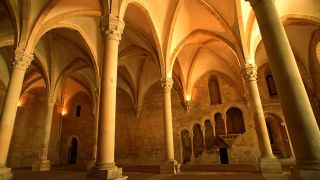
In Portugal, culture and heritage have unique characteristics stemming from historical events and the outlook of a people who, as they learned from the rest of the world, adapted this new knowledge to their way of living and their land.
You’ll realise what these features are that make up the Portuguese character in cities, monuments and landscapes, which in their own way also tell a part of the history of the world. For this reason, they were listed as World Heritage.
UNESCO has already granted World Heritage status to 25 cases, including historic centres, archaeological sites, cultural landscapes, natural parks and intangible heritage. These Portuguese contributions to world history are unmissable and the perfect excuse to know the country from north to south.
Historic Centre of Guimarães
Guimarães has a high symbolic value for the Portuguese identity as the birthplace of the nation in the 12th century. The well-preserved city reflects the progress of civic architecture from the Middle Ages to the 19th century. The specialist construction techniques developed here were applied the world over in the Portuguese colonies, from Africa to the New World.
Historic Centre of Porto
The landscape of cascading houses tumbling down to Ribeira, by the River Douro, and the waterfront area in Vila Nova de Gaia depict the history of this city linked to maritime activity since Roman times. The Cathedral and the Clérigos Tower, symbols of Porto, the opulence of the buildings, the Baroque churches, the Neoclassic Stock Exchange make this an exceptional urban landscape with a history stretching back thousands of years.
Alto Douro Wine Region
The vines that produce the famous Port Wine grow in the majestic River Douro valley, the oldest demarcated wine region in the world. Its characteristics and the work of Man who has fashioned the valley into terraces over the course of many centuries have transformed it into a unique landscape of exceptional beauty.
Pre-historic Rock Art Site in the Côa Valley
The River Côa Valley boasts an immense open-air gallery of rock art, along a 17km stretch, on which the modern building of the Côa Museum provides a contextualised view. This exceptional concentration of cave paintings from the Upper Palaeolithic (22,000 to 10,000 years BC) is the most important example of early human creativity, unheard-of until now at a similar level anywhere else in the world.
Coimbra University, Uptown and Sofia
Founded in 1290, Coimbra University is the oldest in Portugal and one of the oldest in Europe. Particularly during the 18th century, it defined the character of the city as a student town, on the urban, architectural, artistic and social levels. Examples are the Paço das Escolas, the Graça and Jesus Colleges, the Joanine Library, the Botanical Gardens, Coimbra Uptown, Rua da Sofia and the ancient academic traditions and usages. From its inception, the university has been a disseminating hub of scientific knowledge and a reference of Portuguese language and culture all over the world.
Convent of Christ, Tomar
For its historical significance and artistic importance, the Convent of the Order of Christ in Tomar and the Templar Castle form a unique monumental group. Work done over the centuries reflects the history of Portuguese art, with examples from Romanesque art, Templar symbolism, the Gothic and Manueline styles from the era of the Discoveries, through to Renaissance art, then Mannerism in its various facets and, finally, Baroque in the architectural ornamentation.
Monastery of Alcobaça
This is one of the most important European Cistercian abbeys, a symbol of the Cistercian Order. It was founded in the 12th century, by donation to Bernardo de Claraval by the first King of Portugal, Afonso Henriques. The church, begun from its apse, as was the custom, with three naves on the same level, the two-nave transept and the ambulatory, creates an impressive ensemble for its simplicity, grandeur and austerity.
Monastery of Batalha
A masterpiece of creative genius, the Monastery of Santa Maria da Vitória was erected on King João I’s orders in acknowledgement for the victory of the Portuguese over the Spanish at the Battle of Aljubarrota in 1385. It is the major monument of Portuguese late Gothic, where one of the first examples of the Manueline style appeared. Bearing witness to an exchange of influences in the arts, it is one of the most beautiful monastic buildings in Europe from the late Middle Ages.
Monastery of Jerónimos and the Tower of Belém, Lisbon
The Monastery of Jerónimos is a remarkable work of architecture commissioned by King Manuel I in the early 16th century. It is considered the “jewel” of Manueline style, exclusively Portuguese, incorporating architectural features of late Gothic and Renaissance, associated with a royal symbolism that makes it truly outstanding.
King Manuel I also commissioned the construction of the Belém Tower, achieving an innovative and effective plan for the defence of the river and the protection of Lisbon, within a system of crossfire with other defensive structures at the entrance of the estuary. A symbol of the King’s prestige, it is decorated with Manueline motifs, including knots, ropes, ringed spheres, crosses of the Military Order of Christ and naturalistic features.
Cultural Landscape of Sintra
Sintra was one of the first places in Europe to experiment with Romantic architecture in the 19th century. King Consort Ferdinand of Saxe-Coburg and Gotha, married to Queen Maria II, converted the ruins of a monastery into a castle, bringing together in a brilliant manner Gothic, Egyptian, Islamic and Renaissance features, surrounded by exuberant, exotic grounds to the taste of the period. The same model was adopted in other palaces of the Sintra Mountain and served as inspiration for other European landscapes.
Fado, Intangible Cultural Heritage
Sung by a solo performer and accompanied by the classical and the Portuguese guitars, Fado has its origins in the historic districts of Lisbon - Mouraria, Alfama, Bairro Alto and Madragoa, and is associated with the fate of destiny and love. Rendered with intensity and soul, it is today a music of the world, an acknowledged symbol of Portugal.
Historic Centre of Évora
Évora, dating back to Roman times, had its golden age in the 15th century, when the Portuguese Kings established their residence there. Its unique character lies in its whitewashed houses, the indoor tiled decorations and the wrought-iron balconies, all of which make it a representative urban landscape of an historical period (16th to 18th centuries). Its monuments had a decisive influence on Portuguese architecture in Brazil.
Garrison Border Town of Elvas and its Fortifications
Close to the border, you will find in Elvas the largest star fort in the world, about 10km in perimeter and with an area of 300 ha. A unique testimony to the development of military strategic design, it incorporates various monuments: the castle, two forts, three small forts, the walls and the majestic 7km long Amoreira Aqueduct with 843 arches.
The "Cante Alentejano" (Alentejo Song)
Sung in choir by groups of men and women and without any use of musical instruments, the "Cante Alentejano" is a unique and genuine musical expression from the Baixo Alentejo region. Not specific to any genre or social status, it consolidated itself at the beginning of the 20th century with the rural classes of a region that developed through the agricultural and mining industry.
Manufacture of Cowbells, Alentejo
The manufacture of cowbells, recognised as Intangible Cultural Heritage, is a unique art that has existed in the Alentejo region for over two thousand years. This percussion instrument has an unmistakable sound and plays an important part in the soundscape of rural areas where animals are still herded. There are only 13 skilled masters of this traditional craft in the whole country.
Central Zone of the Town of Angra do Heroísmo, Terceira Island, Azores
Angra do Heroísmo, with its remarkable architectural setting, was a mandatory port of call between Europe and other continents from the 15th century to the advent of steam ships in the 19th century. Its imposing fortifications, built over 400 years ago, are rare examples in military architecture.
Landscape of the Pico Island Vineyard Culture, Azores
On Pico Island, you will find a remarkable example of volcanic rocky soil, seemingly barren, in an extraordinary viniculture landscape. The hills sloping down to the sea, marked by a grid of black stone walls separating the vineyards, attest to the work of generations of small farmers who tamed a hostile environment, creating their own way of life and a wine of great quality.
Laurisilva of Madeira
On the north-facing slopes, covering an area of 15,000 hectares corresponding to 20% of the Island, the primitive forest of Madeira has survived five centuries of human intervention. Having virtually disappeared from the European continent, it preserves its subtropical characteristics, forming the largest and best preserved laurel forest in the Atlantic islands.
Mediterranean Diet
The Mediterranean Diet is a key part of Portuguese gastronomy. It is based on fruit and vegetables, high quality bread and largely unrefined cereals, fresh and dried pulses (beans, chick peas, broad beans etc.), dried and oily fruits (walnuts, almonds, chestnuts, raisins etc.), olive oil as the main source of fat, and the consumption of fish. Unesco considered it to be nothing less than a lifestyle, also highlighting the sense of conviviality, celebration and the passing on of knowledge at mealtimes.
Bisalhães black pottery handcraft, Vila Real
The black crockery from the village of Bisalhães, in the municipality of Vila Real, mainly composed of practical pieces, was classified due to the specificity of the production process, using ancestral techniques. One of the aspects that makes it unique is that it is fired in kilns (dug in the subsoil), which affords the clay the characteristic black tone.
The Art of Royal Falconry, Salvaterra de Magos
Practiced in Portugal since the 12th century and still preserved in Salvaterra de Magos, the art of falconry is a traditional form of ecological hunting, of low profit, dating back centuries. Those who practice it highlight the partnership between man and bird of prey, communion with nature and the beauty of the bird’s flight.
Royal Building of Mafra—Palace, Basilica, Convent, Cerco Garden and Hunting Park (Tapada) (2019)
The Royal Building of Mafra includes the Palace, Basilica, Convent, Cerco Garden and Hunting Park (Tapada). It is one of the most emblematic works built in the 18th century by the order of the King, D. João V, which transformed the location into one of the most important examples of Baroque. Among its significant features are the six organs of the Basilica and the historic Library, which has a collection of 36,000 volumes, from the 15th to the 19th century.
Sanctuary of Bom Jesus in Braga (2019)
The Sanctuary of Bom Jesus in Braga is an architectural and landscape complex that evidences Baroque, Rococo and Neoclassical styles, the construction of which was begun in the 16th century. The monument evokes the Sacred Mount of Christian Jerusalem, crowned by the Basilica of Bom Jesus, which is accessed by means of a long Via Sacra.
Carnival of Podence, Macedo de Cavaleiros (2019)

















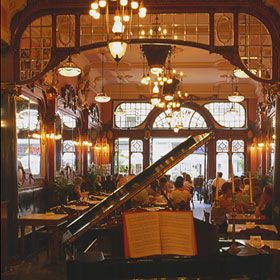
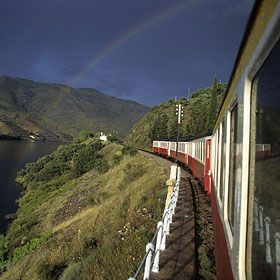

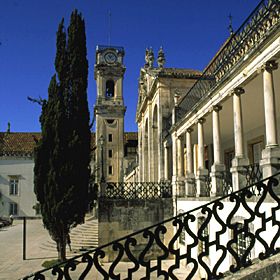
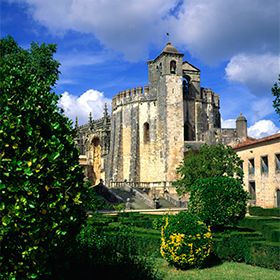
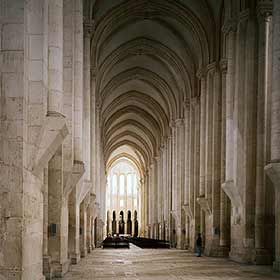

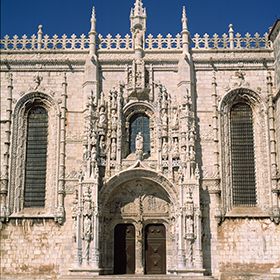
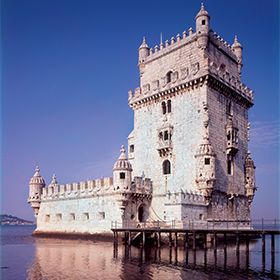
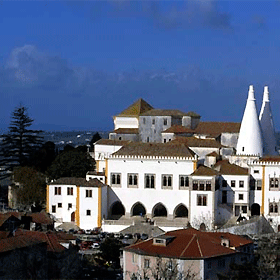
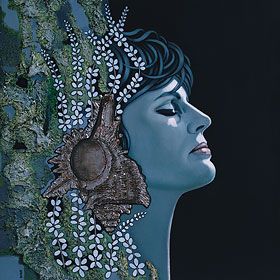
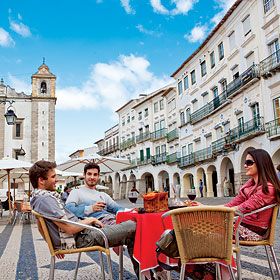
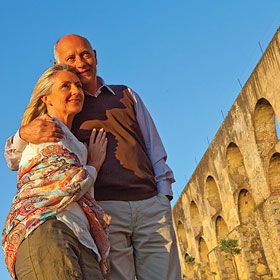
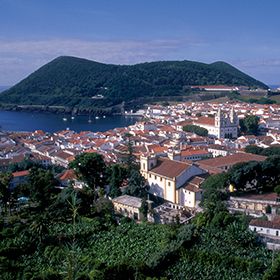
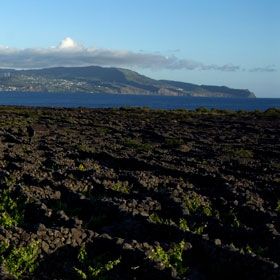


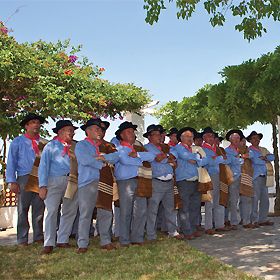

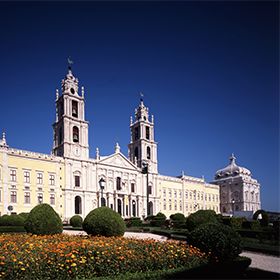

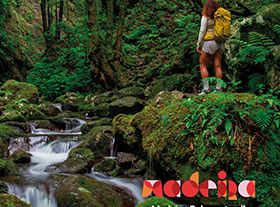
 Explore
Explore 
 Remember and Share
Remember and Share 


